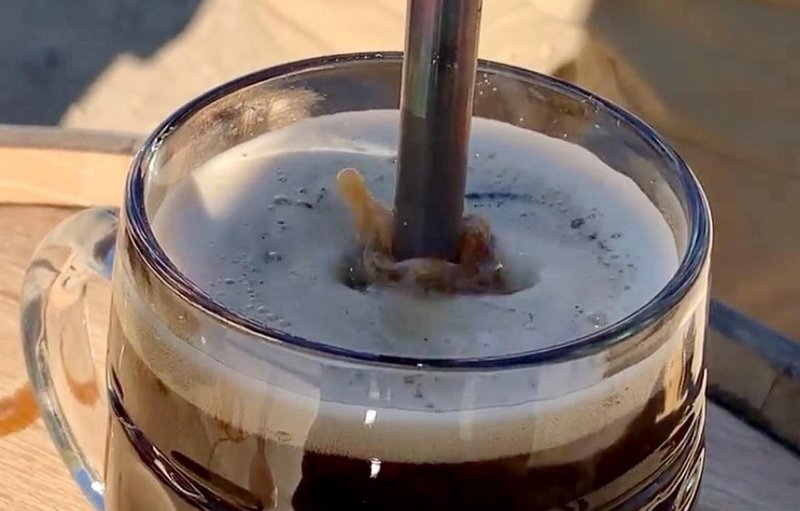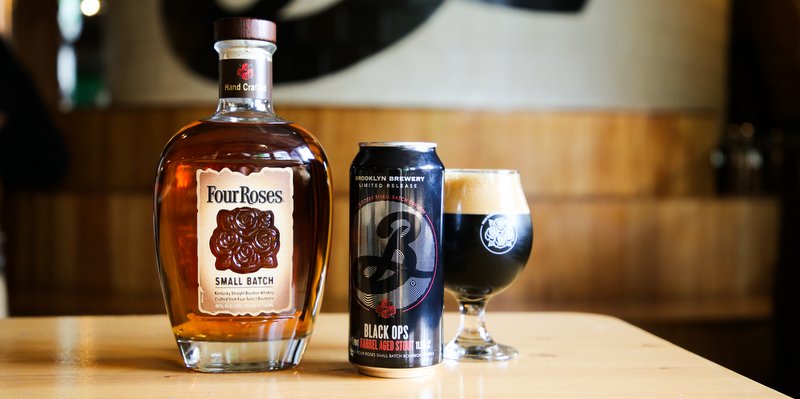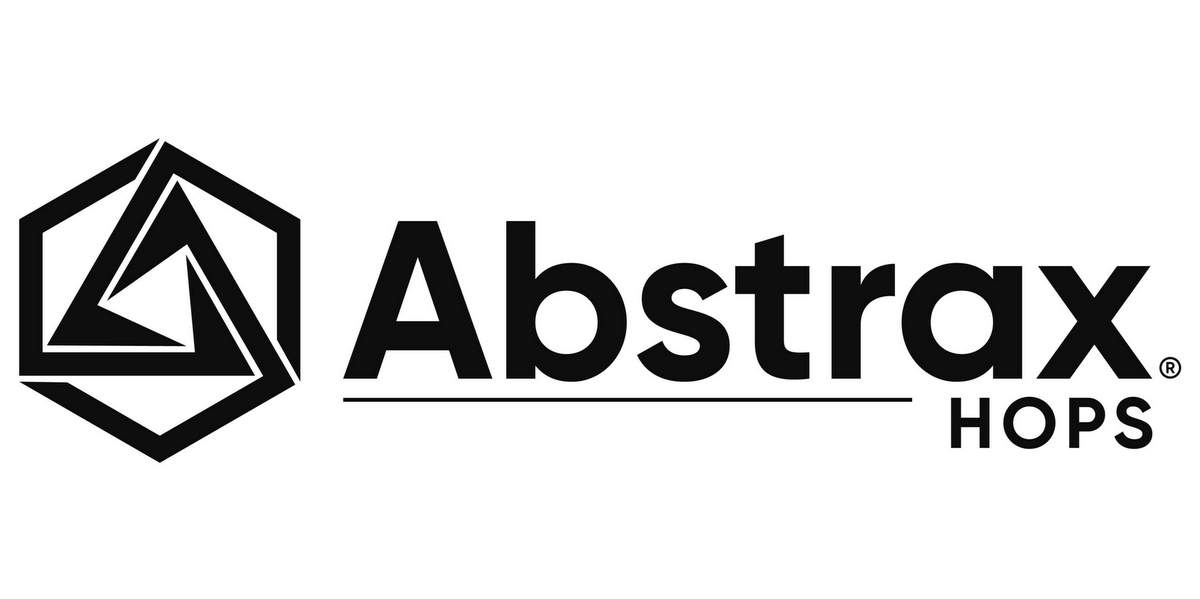
The modern craft beer movement is one founded on a complex tapestry of tradition and experimentation. Prior to the industrial revolution, regional beer styles were directed by seasonality and local resources and breweries were responsible for literally sustaining their communities nutritionally and economically. One quirky artifact seemingly lost to the annals of brewing history is hot beer.
Yes: Hot beer.
Virtually every culture bound by cold winter climate has a heritage with fermented beverages served to warm the body and soul, so it makes sense that beer was once one of those things. And as someone living in a cold winter climate, I totally dig any attempts to make it special.
This year, Primitive Beer, Cohesion Brewing and WeldWerks Brewing teamed up to bring hotness back, hosting Hot Bierfest & Holiday Marketplace back in December. Inspired by Gluhwein (hot mulled wine), the Bierfest showcased three separate cultural traditions and methods for beer served heated. The festival coincided with Primitive Beer’s annual holiday marketplace that featured local craftspeople outside the alcohol industry and celebrated the rich legacy of local commerce with the art of fermentation.
A cool idea, for sure. But still: Heated beer. We had to know more. We weren’t able to wedge open the doors to our Ohio hibernation chambers to make it to Longmont, Colo., for the event, but Brandon Boldt of Primitive Beer was nice enough to answer our questions and generally explain wtf hot beer is all about.
CBB: What was your thought process at the outset, and how did you make the choices for the final recipes?
Boldt: For Primitive’s Glühbier base, Willfully Obtuse, we aimed for a blend that could both serve as a foundation for heating with our mulling spices and honey, as well as present beautifully on its own. Considering the qualities of red wine, kriek (Belgian sour beers with cherry), and cider, which have a long history of being served hot (e.g., glühwein, glühkriek, and mulled cider), we created a custom blend from our spontaneous beers aged on Colorado Montmorency cherries, Petite Pearl red wine grapes, and some younger unfruited stock with pleasant cider-like qualities, aiming for restrained acidity, moderately assertive tannins, and deep “red-fruit” flavors of cherry, raspberry, and strawberry.
CBB: Can you explain the fermentation techniques?
Boldt: We begin all fermentations according to a single recipe and set of techniques, inspired by Belgian Lambic production, known as Méthode Traditionnelle. More information on the specifics can be found here. Perhaps most importantly, we are using 100% Colorado ingredients to spontaneously inoculate turbid-mashed, marathon boiled wort hopped with debittered whole cone Willamette. Our airborne microbes are captured during the 12-18hr chilling in our koelschip and never harvested or reused in successive batches.
After cooling and inoculation, our beers are racked into clean neutral oak puncheons and foeders (>500L) and are allowed to ferment and mature on lees. Any secondary and tertiary fermentations are using whole unpasteurized fruits blended with our mature beer. Any effervescent (carbonated) beers are made sparkling through bottle conditioning over another >4months, much like the transition of tranquil white wine to Champagne (albeit without riddling or disgorging).
CBB: How did the beers taste? Both objectively and subjectively. And do you plan on making this a tradition?
Boldt: We are super excited by the results of our Glühbier, mulled hot with honey and spices as well as au natural by the glass at cellar temperature.
Objectively, the result of our blending and mulling was hard to differentiate from our favorite Glühweins.
Subjectively, the entire experience was a rip-roaring good time! This isn’t the first time we’ve made Glühbier, but it is the first time we’ve created a custom blend and we’ll certainly continue this concept annually. In fact, we are starting a series of monthly “hot bier pop ups” through the winter with other brewery friends, continuing to improve our understanding of other styles of beer and heating techniques that are conducive for the enjoyment of hot beer.





Leave a Reply
You must be logged in to post a comment.